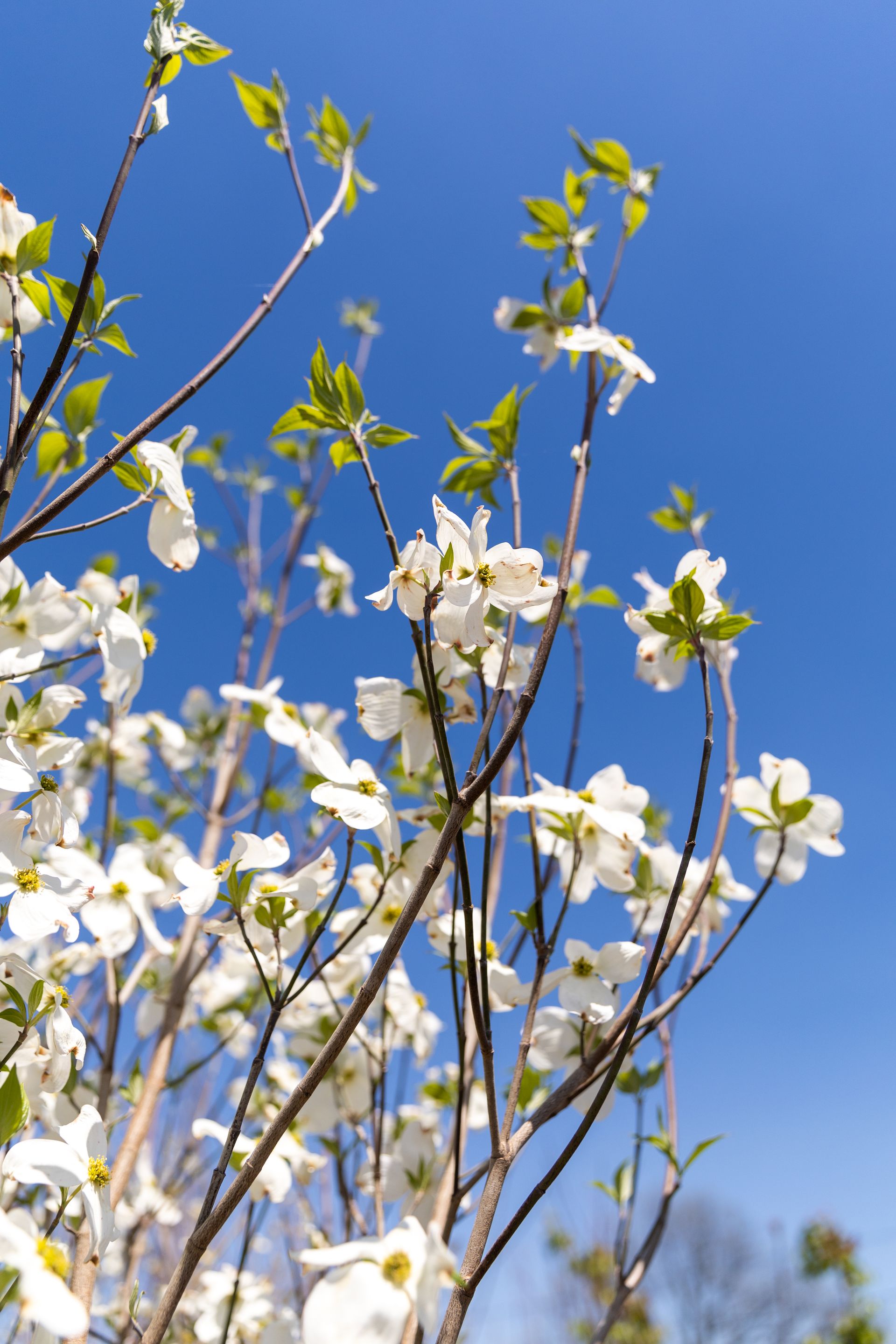How to Plant Tulips: Simple Guide
Tulips are one of the most rewarding flowers you can grow — vibrant colors, easy care, and beautiful spring displays. Follow these simple steps to plant your bulbs this fall and enjoy a stunning show next spring.
When to Plant
Plant tulip bulbs in fall — usually late September through early November in Arkansas. You want soil temperatures to cool down below 60°F before planting.
What You’ll Need
- Tulip bulbs (choose firm, healthy ones)
- Garden trowel or bulb planter
- Bone & blood meal (Hi-Yield or similar)
- Compost or well-draining garden soil
- Mulch (pine bark, straw, or shredded leaves)
- Watering can or hose
Step-by-Step Instructions
Step 1: Choose the Right Spot
- Tulips thrive in full sun — at least 6 hours per day — and well-drained soil.
- Avoid areas where water pools after rain.
Step 2: Prepare the Soil
- Loosen the soil about 8 inches deep where you plan to plant.
- Mix in 1–2 inches of compost across the surface and work it into the top 6–8 inches of soil. This improves drainage and gives your bulbs a healthy growing environment.
- Next, sprinkle Bone & Blood Meal into the area — about 1 tablespoon per bulb hole. Lightly mix it into the loosened soil (don’t let the bulb sit directly on top of the fertilizer).
Good soil prep is key — it helps bulbs form strong roots before winter.
Step 3: Plant the Bulbs
- Dig each hole about 6–8 inches deep and 4–6 inches apart.
- Place the bulb pointed end up and flat end down on the loosened, fertilized soil.
- Backfill the hole with the amended soil and gently firm it down — just enough to remove air pockets, not pack it tight.
Step 4: Water Thoroughly
- After planting, water deeply once to settle the soil. You won’t need to water again unless the weather is unusually dry.
Step 5: Add Mulch
- When the soil cools (usually late October), spread 2–3 inches of mulch over the bed.
This keeps soil temperatures stable and prevents early sprouting during winter warm spells.
Spring Care
When tulip shoots appear in February or March, apply a top dressing of bulb fertilizer such as:
- Hi-Yield Dutch Bulb Food (7-8-5)
- Or a general 5-10-10 garden fertilizer
Lightly scratch it into the soil and water.
After flowering, remove faded blooms but leave the green leaves until they yellow — this allows the bulb to recharge for next year.
Pro Tip
If your tulips are in a rainy area or heavy clay soil, consider planting them in raised beds or adding sand to improve drainage — soggy bulbs can rot.
Enjoy the Show!
With the right soil, a little fertilizer, and some patience, your tulips will reward you with bright, cheerful blooms every spring.





